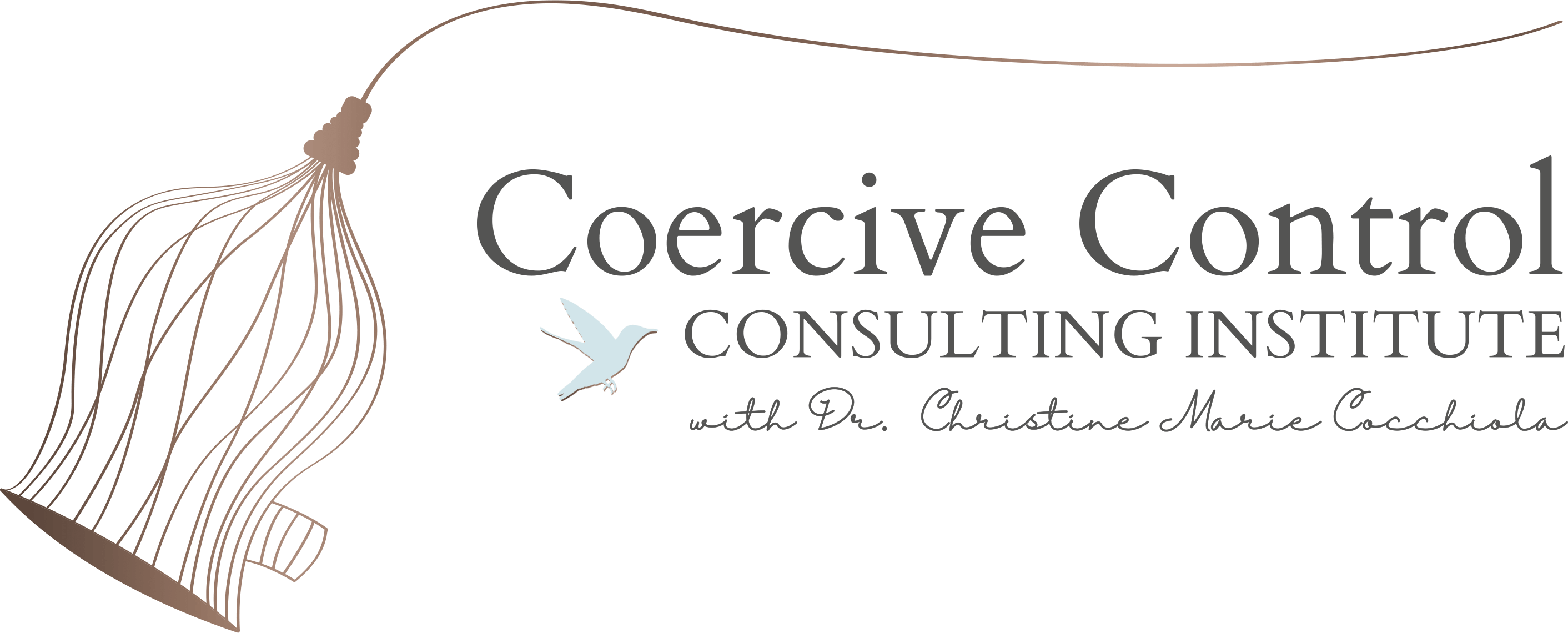Your ex isn’t just being difficult… they are using your child to control you.
This isn’t co-parenting. This is abuse.
While they play the calm, collected parent in court, you’re left fighting for your child’s well-being, painted as the unstable one.
Sound familiar?
Introduction
Coercive control is the underpinning of all abuse. It can be physically violent -it can be visible, but most of you start covertly, and if abusers can no longer control using psychological tactics, they will move on to more visible exertions of power and control.
Research affirms when abuse is non-physical in nature, it is more traumatic. This is because it’s harder to identify, harder to explain, and creates great confusion on the part of the part of the victim and the system that is intended to support the victim. Since DAY ONE – psychological manipulation (warfare) is used to dominate and isolate.
For many protective parents, the abuse doesn’t stop after separation. Instead, it evolves.
One of the most devastating tactics? Weaponizing your child. Abusers twist your child’s perception, turning them against you while presenting themselves as the “stable” parent.
The worst part?
Family courts often fail to recognize this for what it is, labeling it as “high-conflict co-parenting” instead of abuse.
In this blog, we’ll break down:
- How coercive controllers manipulate children
- Why the legal system often misses the signs
- Practical steps you can take to protect your child’s emotional well-being
What is Coercive Control?
Coercive control is more than just conflict or difficult behavior—it’s a calculated pattern of domination. Abusers use tactics like intimidation, isolation, manipulation, and emotional degradation to maintain power over their victims.
While it often starts in intimate relationships, coercive control doesn’t stop when the relationship ends. Post-separation, it frequently takes on a new, insidious form: using children as tools of control.
Key signs of coercive control include:
- Gaslighting
Making you question your reality, emotions, or memory of events. - Isolation
Cutting you off from support systems like friends, family, or professionals. - Financial Abuse
Controlling finances to limit your independence and security. - Manipulation
Twisting facts, emotions, and situations to maintain power and keep you doubting yourself. - Intimidation
Using threats, fear, or implied consequences to control your actions and silence you. - Legal Abuse
Manipulating the legal system to harass, intimidate, and drain your resources. - Weaponizing Children
Turning your child against you to maintain power and control.
This blog focuses on that last devastating tactic—how coercive controllers manipulate your child as part of their abuse and how to protect your family from its emotional fallout.
How Coercive Controllers Weaponize Children

When the relationship ends, a coercive controller doesn’t just walk away. They shift their tactics. Instead of direct control over you, they turn to the most vulnerable person in the equation: your child.
This isn’t co-parenting. It’s child abuse disguised as parenting.
Here’s how they do it:
1. Manipulating Your Child’s Perception
Coercive controllers plant subtle seeds of doubt in your child’s mind:
- “Mom’s always stressed, isn’t she?”
- “Dad’s too busy for you lately, huh?”
These comments seem harmless but chip away at your child’s trust, making them question your love, stability, and reliability.
2. Playing the ‘Fun Parent’
No rules. No structure. The coercive controller becomes the “cool” parent, letting your child do whatever they want—while you’re left enforcing boundaries.
To your child, it feels like you’re the strict, unfair parent. But in reality, you’re the one providing safety.
3. Rewriting History
They craft a narrative where they’re the constant, loving parent while you’re painted as unstable or absent:
- “I’m the one who’s always been there for you.”
- “Your mom exaggerates things, don’t worry about her.”
Over time, your child may start to believe these distortions, leading to estrangement or alignment with the abuser.
4. Undermining Your Authority
Every decision you make—whether it’s about bedtime, school, or friendships—is questioned or openly dismissed by the coercive controller in front of your child.
This erodes your role as a protective parent and confuses your child about who they can trust.
5. Using Your Child in Legal Battles
They may encourage your child to share “concerns” with the court or therapists, weaponizing innocent comments to make you appear unfit.
These tactics are subtle but devastating, turning legal systems into another tool of control.
Why Family Courts Fail to See This Abuse
You walk into family court expecting protection, expecting the truth to matter. But instead, you’re met with blank stares and a system that labels your nightmare as “high-conflict co-parenting.”
The reality?
Family courts are failing protective parents and their children—and here’s why:
1. Coercive Controllers Play the Perfect Parent
Abusers are masters of appearances. In court, they show up calm, collected, and charming, while you, exhausted and emotionally drained, may appear “unstable” or “overly emotional.”
To a judge who doesn’t understand coercive control, you’re the problem, not the person sitting quietly across the room.
2. The Myth of “Both Sides Are to Blame”
Family courts are trained to believe that both parents share responsibility in conflict.
But coercive control isn’t mutual. It’s one-sided abuse disguised as a custody battle.
When courts insist on neutrality, they unintentionally side with the abuser—because neutrality helps the oppressor, not the victim.
3. Misunderstanding Emotional Abuse
Physical abuse leaves bruises. Psychological abuse leaves invisible scars.
Many family court professionals still struggle to recognize coercive control because it doesn’t fit the traditional mold of domestic violence. The subtle manipulation, gaslighting, and psychological warfare are dismissed as “parenting differences.”
4. The Push for Co-Parenting at All Costs
Family courts prioritize shared custody, even when it endangers the child.
The assumption is that children benefit from having both parents involved, but co-parenting with an abuser isn’t safe. It’s a continuation of the abuse. The system’s refusal to recognize this puts children in harm’s way.
5. Lack of Training and Awareness
Judges, lawyers, and custody evaluators often lack the specialized training needed to identify coercive control.
Without understanding the dynamics of post-separation abuse, they fall for the abuser’s facade and dismiss the protective parent’s legitimate concerns as “parental alienation.”
Steps Protective Parents Can Take to Protect Their Children Emotionally and Legally

When the system fails to recognize coercive control, it’s easy to feel powerless. But you’re not.
There are practical steps you can take to safeguard your child’s emotional well-being and protect yourself legally—even in a broken system.
1. Offer Predictable Stability
Your child isn’t resisting rules; they are navigating survival in a coercive environment.
Unlike typical parenting situations, rigid boundaries can sometimes backfire when an abuser has conditioned a child to see structure as control.
Instead of enforcing strict rules, focus on prioritizing connection over compliance. Offer predictable stability rather than strict enforcement. Validate their experience and choose your battles.
Forcing a child to adhere to strict rules may only reinforce the abuser’s narrative. This doesn’t mean abandoning all structure but rather implementing boundaries in a way that supports attachment.
Over time, your child will recognize the difference between real love and manipulation.
2. Document Everything
Keep detailed records of interactions with your ex. Save texts, emails, voicemails, and any instances of manipulation or gaslighting.
This isn’t just about building a legal case. This is about preserving your truth when you’re being gaslit. Documentation can help you feel grounded and provide critical evidence if needed in court.
3. Model Psychological Safety
Your child is caught in the crossfire of emotional abuse. Show them what real, safe love looks like.
Practice patience, active listening, and unconditional support. Avoid badmouthing your ex in front of your child. Although it may feel justified, it can push them further into the abuser’s narrative.
Instead, focus on creating a home environment where your child feels secure, heard, and valued.
4. Seek Trauma-Informed Legal Support
Find a lawyer or advocate who understands coercive control and the dynamics of post-separation abuse.
Not all legal professionals are equipped to handle these cases, so it’s crucial to work with someone who won’t dismiss your concerns as “high-conflict.”
5. Build a Support System
You don’t have to go through this alone. Connect with other protective parents, therapists who specialize in coercive control, and advocacy groups that understand your experience.
Isolation is one of the abuser’s most powerful tools, and community is your shield against it.
6. Prepare Your Child for Subtle Manipulation
Without directly criticizing your ex, teach your child critical thinking skills. Encourage them to express their feelings, ask questions, and trust their instincts.
Create opportunities for open dialogue so they feel safe coming to you if something feels off.
7. Protect Your Mental Health
You can’t pour from an empty cup. Prioritize your own emotional well-being through therapy, self-care, and healthy boundaries in your personal life.
The stronger you are, the better equipped you’ll be to support your child through the storm.
Conclusion

Coercive control isn’t just a private matter, it’s a systemic issue that family courts too often overlook. But while the system may fail to protect you, you have the power to protect your child.
By recognizing the tactics of coercive controllers, staying grounded in your truth, and building a strong support network, you can safeguard your child’s emotional well-being and fight back against the abuser’s manipulation.
Ready to Take Action?
If you are a protective parent navigating the challenges of raising a child who has been or is being abused by a parent who is a coercive controller, I have a signature program that will be starting in March that can help.
Get trauma-informed support along with educational tools and a supportive community to become an empowered mama who is able to clearly demonstrate to your child that YOU are their safe haven.
Click HERE to learn more about the Protective Parenting Program.


